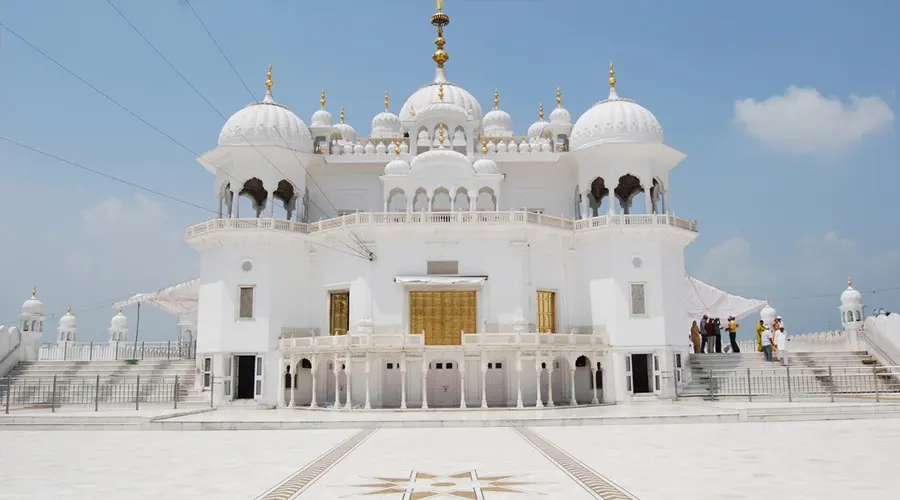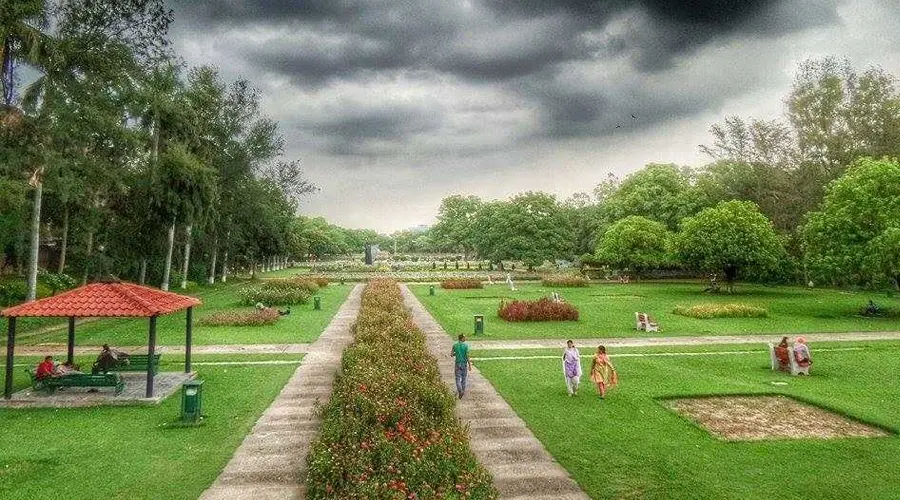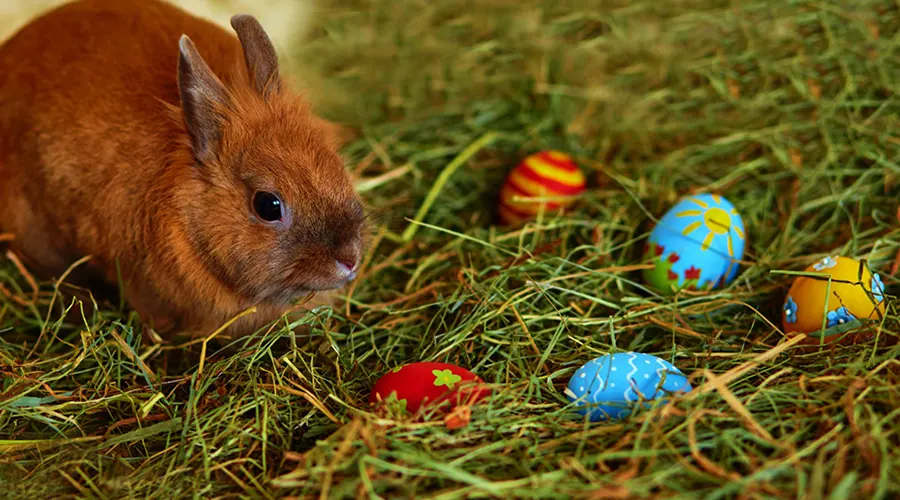Government Museum And Art Gallery
All those who are interested in stepping back in time and learning about exhibits that showcase art, culture, history, and anthropology can head to the Government Museum and Art Gallery on their Chandigarh tour.
Situated in the heart of the city, the museum boasts a vast collection of artworks, sculptures, and artifacts that span different eras and artistic styles. Its art collection includes a wide range of Indian and international artworks including miniature paintings, contemporary art, sculptures, and decorative arts. Visitors can explore artworks from the ancient Indus Valley civilization to modern and contemporary masterpieces.
Apart from its art collection, there is an impressive assortment of historical artifacts. These artifacts provide insights into the rich history and cultural heritage of the region, ranging from archaeological finds to objects representing various historical periods.
A prominent attraction within the museum is the collection of Gandharan sculptures. These ancient sculptures, dating back to the Gandhara period, beautifully depict a blend of Indian and Hellenistic artistic styles and provide a glimpse into the cultural exchanges that took place along the ancient Silk Route.
The Government Museum and Art Gallery in Chandigarh also hosts temporary exhibitions, educational programs, workshops, and seminars, making it a vibrant center for artistic and cultural engagement. The museum plays a crucial role in promoting art and culture, both among the local population and visitors from around the world.
Overall, the Government Museum and Art Gallery in Chandigarh stands as a remarkable institution that preserves and showcases artistic and historical treasures. It continues to be a significant cultural landmark that contributes to the city's identity as a hub of art, architecture, and heritage.
History of Government Museum and Art Gallery
The Government Museum and Art Gallery has an impressive history attached to it. According to legends, it came into existence in August 1947 when India was partitioned from Pakistan.
Earlier, the collection was kept in Lahore. However, after the partition, it was divided into two parts. In the year 1948, 60% of the artifacts, sculptures, paintings, statues, and other souvenirs went to Pakistan and only 40% were brought to India. First, it was shifted to Amritsar, then Shimla, then Patiala, and finally, it made its way to Chandigarh.
The foundation of the Government Museum and Art Gallery was again laid on May 6, 1968, by Dr. M.S. Randhawa, the then Chief Commissioner of Chandigarh with the remaining collection. This ceremony marked the official beginning of the museum's journey.
Architecture of Government Museum and Art Gallery
The Government Museum and Art Gallery in Chandigarh is a remarkable example of modernist architecture, designed by the renowned architect Le Corbusier and his cousin Pierre Jeanneret. It showcases the functionality, aesthetics, and synergy between design and purpose. The museum stands as a testament to the forward-thinking vision of its architects and their commitment to creating spaces that inspire and engage visitors in a modern and culturally significant way.
As soon as you step into the museum, you will find an open courtyard surrounded by galleries at the heart of it. This courtyard serves as a transition space between different sections of the museum and provides a visually appealing focal point. The use of open space contributes to the museum's overall sense of openness and connection to its surroundings.
The strategic placement of windows, sunscreens, and open spaces creates interesting interplays of light and shadow within the museum. This not only enhances the aesthetics but also provides controlled natural lighting for the interior spaces. Here you can also find a library with an exhibition hall, an experimental lab, and an auditorium where the light and sound show is organized for your entertainment.
Light and Sound Show at Government Museum and Art Gallery
The Light and Sound Show adds an enchanting and immersive dimension to the museum experience. It is a multimedia spectacle that combines narration, music, lights, and projected visuals to bring the history and cultural significance of the museum and the city of Chandigarh to life.
During the Light and Sound Show, visitors gather in designated viewing areas as the narration begins. The show usually involves a carefully crafted script that narrates the history of Chandigarh, its architectural legacy, and the significance of the museum itself. The narration is accompanied by thematic music that complements the mood of each segment of the show.
Please note that the show typically takes place in the evening after sunset every Friday, Saturday, and Sunday at different times in winter and summer. In Summer, the show timings are from 7:30 PM to 8:15 PM, and in winter, it is organized from 6:30 PM to 7:15 PM. Don’t worry about the fees as it is free for everyone.


























